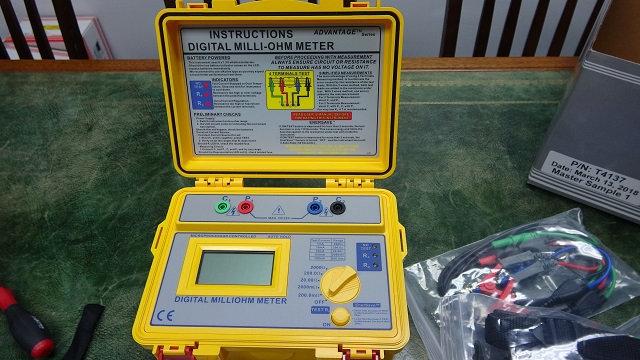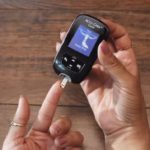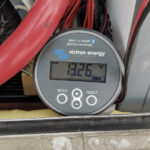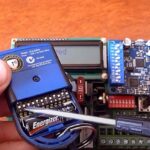The low resistance meter is a type of device used to prevent negative outcomes when it comes to grounding or power surges by detecting components where resistance has exceeded normal values. This is done by doing tests with a low-resistance measurement (below 1 ohm) which gives the most accurate results with the help of a low resistance meter. However, not everyone can handle this device properly as it has different modes and it operates in a very specific way. Here is how a resistance meter should be used in each mode.

AC/DC
A low resistant metering device uses two different measuring circuits to pass a current through two leads in order to do the necessary testing with either AC or DC. Remember that an AC device is used with impedance or ground-bed testing and a DC device is used for measuring a device’s pure resistance. Based on all this, there are multiple ways to use low resistance meters and knowing every single one of them will help you to better understand how they operate and which mode you should use in a certain situation.
How they operate
Knowing how to operate a low resistance ohmmeter will show you the correct resistance of the currents’ real-time capabilities, like joints and bonds, as they use a high current output. This makes them better than generic multimeters as they don’t supply as much current. A quality device will alert you whenever there’s an open circuit on the test lead, but that doesn’t mean that you don’t have to be careful. As high currents are going to be used here for best accuracy, you will be working with 10 A (ampers) and above. This means that you should watch out for any heating of the sample at hand, as this will not only present danger but it can also change the resistance levels.
Methods
The first and simplest method is called a “two-wire measurement”, which is used to test resistance from 10Ω to a few megaohms. You will get a valid measurement only if the probe contact-resistances are negligible when compared to the circuit that is being tested. The next method is called a “three-wire measurement”, which is a type of DC testing that is similar to the two-wire method, meant to measure very high resistance, usually above 10Ω. The last type of method is called a “four-wire measurement” and it is the most accurate one if you want to test circuits below 10Ω. Thanks to its lead and contact resistances, it eliminates errors and it is the most commonly used one when it comes to low resistance meters.






















